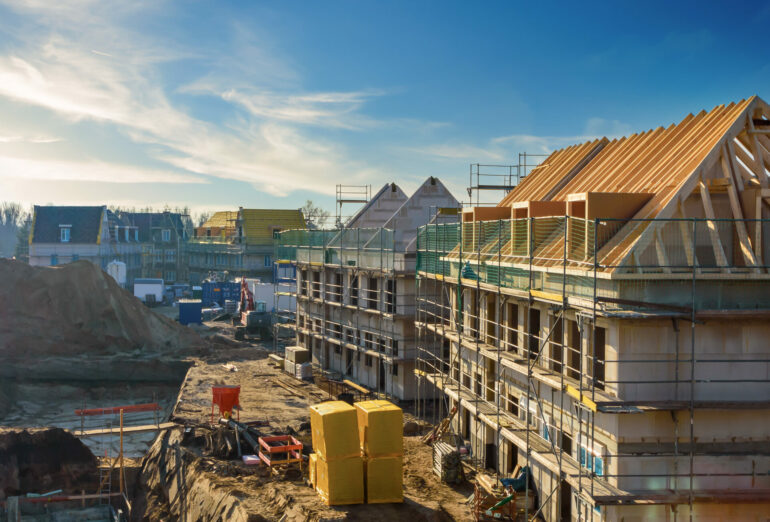UK construction activity continued to fall in September, but the decline slowed for a third month in a row, according to the latest S&P Global UK Construction PMI report.
The headline index rose to 46.2 in September, up from 45.5 in August, but remained below the 50.0 mark that separates growth from contraction for a ninth month.
Civil engineering was the weakest area, with its index at 42.9, while residential building work saw a softer drop at 46.8.
Commercial construction dipped more quickly than the previous month, with an index of 46.4.
Firms reported a lack of new project starts as the main reason for lower output.
Employment fell for the ninth month running, as businesses continued to freeze hiring and did not replace leavers, although there was an increase in apprentice recruitment.
Supply conditions improved slightly, with shorter lead times for materials.
Firms cut their input buying for a tenth month, and input costs rose at a faster rate than in August, but inflation remained softer than in the first half of the year.
Higher input costs were linked to pay, energy, raw materials and transport.
Business expectations for the year ahead stayed subdued, with confidence close to its lowest since late 2022.
Tim Moore, economics director at S&P Global, said: “September data suggested that the UK construction sector faced pressure on multiple fronts as residential, commercial and civil engineering work all continued to decrease at solid rates.
“Lower volumes of overall construction output have been recorded since January, although the latest reduction was the slowest for three months and the downturn in new orders was the softest so far in 2025.
“Business activity expectations for the year ahead were among the lowest since the end of 2022, suggesting that construction companies remained cautious about the near-term outlook and have yet to see a turning point on the horizon.”
Moore added: “Some firms hope for a boost from lower borrowing costs and noted new sales pipelines in areas such as energy security markets and infrastructure projects.
“However, many survey respondents reported caution among clients ahead of the Autumn Budget and a general reluctance to commit to major capital expenditure projects against a subdued domestic economic backdrop.
“Weak business optimism, shrinking workloads and robust cost pressures once again led to lower employment numbers across the construction sector.”
He said: “Lower staffing levels have now been recorded for nine months in a row, which is the longest period of job shedding since the pandemic.”




